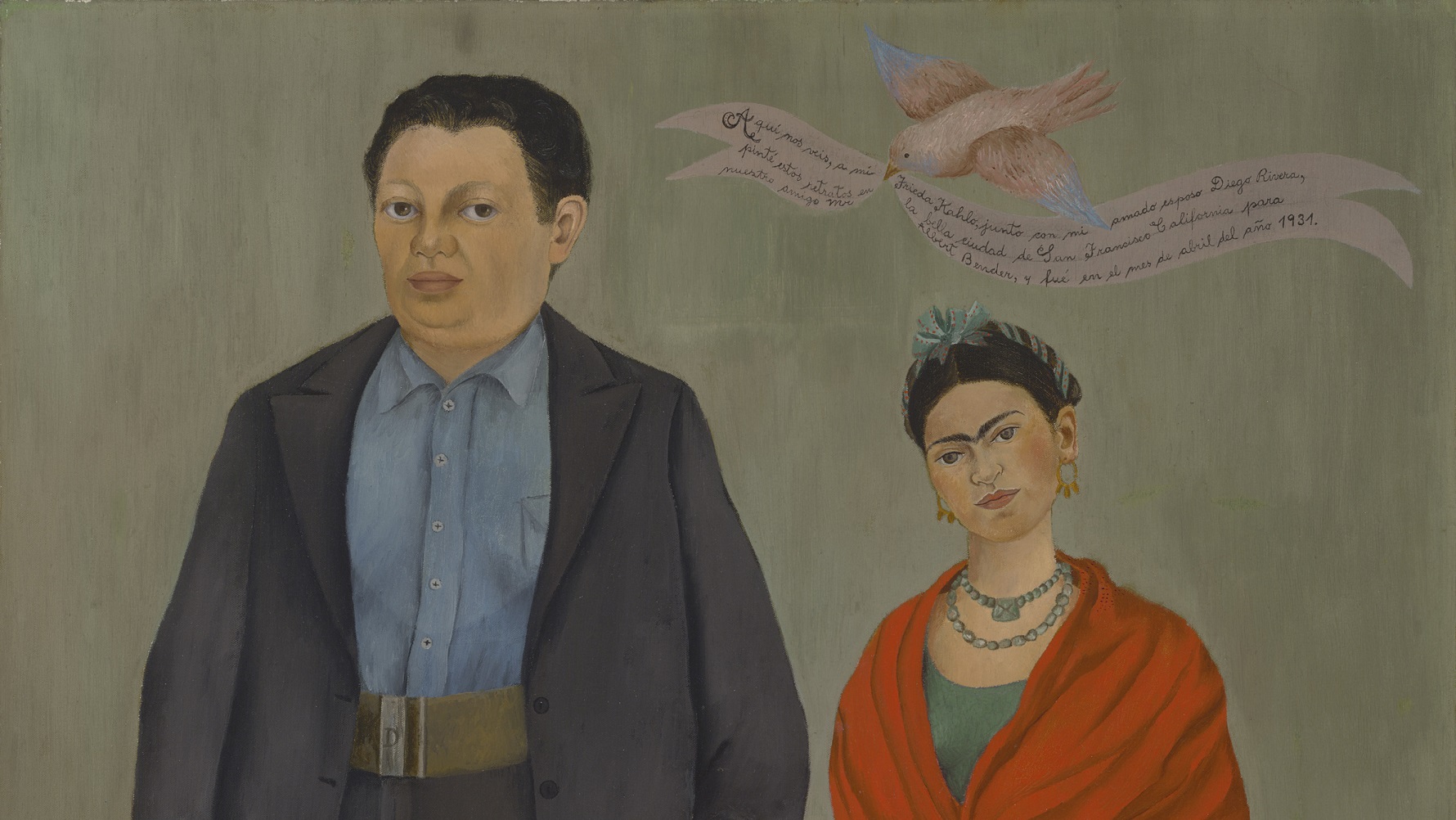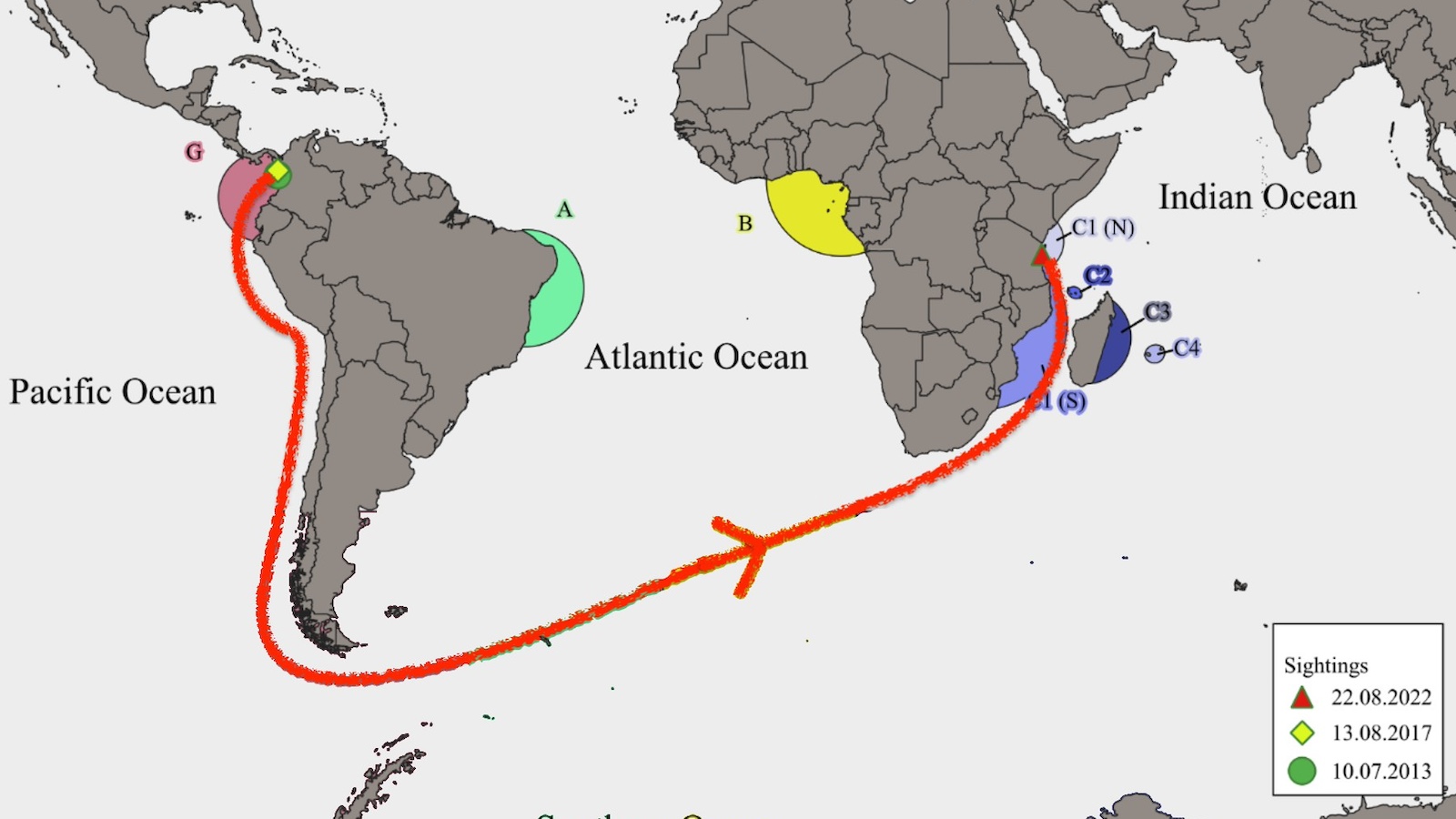How Do We See Cities?
Much of the history of the city can be written as a tension between the visible and the invisible. What and who gets seen? By whom? Who interprets the city’s meaning?
Sign up for the Smarter Faster newsletter
A weekly newsletter featuring the biggest ideas from the smartest people
Rulers of cities have always had an interest in visibility, both in representing their power and in controlling people by seeing them. The earliest cities emerged out of the symbiosis of religion and political power, and the temple and the citadel gave early urbanism its most visible elements. In the great Sumerian town of Ur, the kings built a towering ziggurat to display their devotion to the city’s patron god. A ziggurat rose in Babylon, possibly the Babel of scripture, “a tower, whose top may reach to heaven,” as the Book of Genesis relates in a primordial warning to all overzealous civic boosters.
Sign up for the Smarter Faster newsletter
A weekly newsletter featuring the biggest ideas from the smartest people




